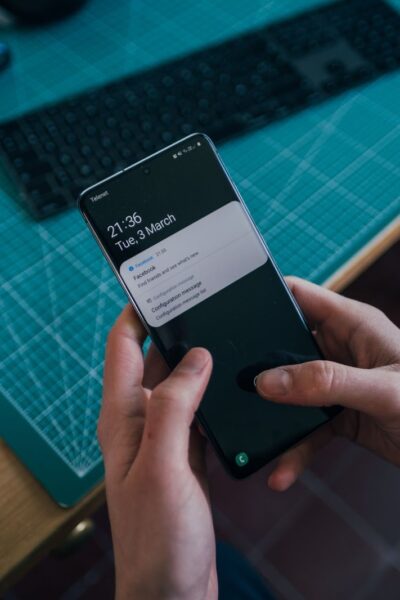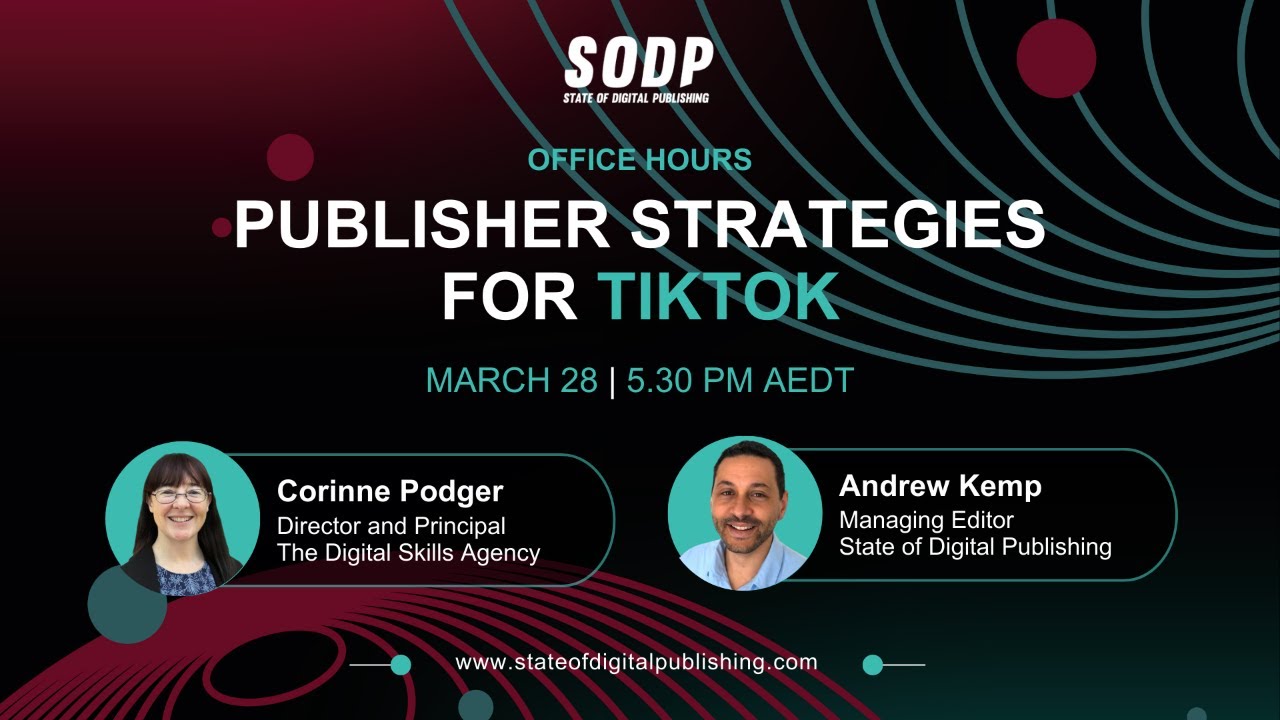What’s Happening:
A new metric for evaluating push notification strategies, Subscriber Lifetime Value (SLTV), has been identified through a study done by Marfeel. The firm conducted extensive research to find optimal push notification strategies for customer engagement to increase the value of push notifications. Using Marfeel’s automated push notification feature, MarfeelPush, publishers can generate an average increase in traffic of 6.5%, with some increases as high as 20%.
Why It Matters:
Delivering value means setting standards to make sure that push notifications remain engaging, and don’t cross the line into spam territory. With mobile users now accounting for the majority of website traffic to publishers, automated messages have become a popular channel for reaching users of a native app or progressive web app while the app is closed. Push notifications offer publishers a direct line to their audiences and a way to drive visits back to the application, even when it isn’t open.
Digging Deeper:
A white paper detailing the study findings was introduced in February at the Mobile World Congress held in Barcelona. The research showed that although publishers and bloggers rely on push notifications for building audience traffic and engagement, readers will inevitably slip away over time. Relying on single-message metrics to evaluate the performance of a push notification strategy doesn’t tell the whole story.
Marfeel researchers studied more than five million push notifications from November 2018 through January 2019, using the newly-created Subscriber Lifetime Value metric, to examine the strategies of publishers who use MarfeelPush.
The SLTV metric establishes the rate of push notification degradation as an average, and then combines that with the active rate and factors it against the click-through rate of messages and the number of clicks, per user, per day. This gives publishers a framework to compare specific strategies, such as article recommendations based on previously read articles, the number of notifications sent per user, delivery times, and the creative images and messages used in notifications.
The study was designed to isolate the factors that maximize SLTV and determine the overall value created from these varying strategies. Researchers took into account user intensity and engagement, lifecycles, and behavior. Some findings included:
Content from our partners
- When push notification intensity was increased for more engaged users, the Marfeel framework produced an SLTV increase of up to 40%, compared to sending users one notification per day.
- The most engaged readers were more open to reading less popular articles, while the least engaged readers were most likely to click notifications that contained only the most popular articles.
- Isolating the most effective single time of day for selected publishers resulted in the second highest increase in SLTV.
- Personalizing articles using Marfeel’s proprietary recommendation engine increased SLTV by approximately 20%.
- Push notifications with images increased SLTV by approximately 10%.
The Bottom Line:
The research results revealed conclusively that SLTV is the essential metric for comparing the impact of multiple push notification strategies.












